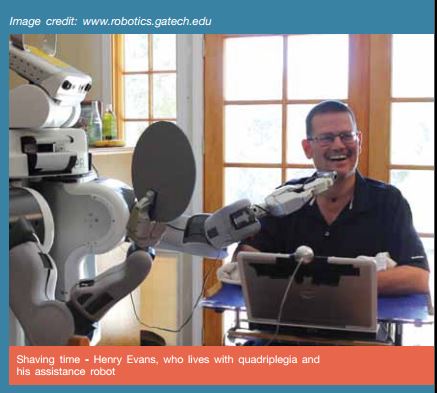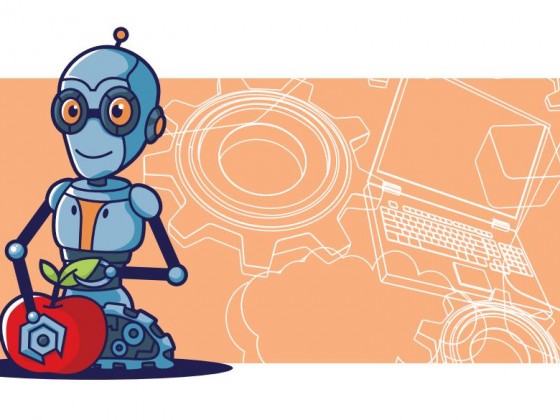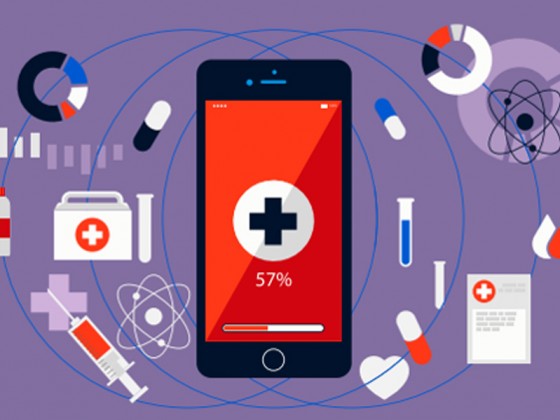by | Natrah Mohd Emran
In 2003, Henry Evans became quadriplegic and mute after a stroke-like attack. Though paralyzed by the attack, Evans is not helpless as he now uses a telepresence robot created by Chad Jenkins and his team that gives Evans the ability to navigate space and execute simple tasks which are impossible without robotics technology.
New and previously unthinkable possibilities to live and contribute help him to finally decide that life is still worth living.
Evans uses tracking devices, supplied by a company called Ma-dentect, that convert tiny head movements into cursor movements and enables him to use a regular computer. With the ability to access the computer, he is able to control and manoeuvre the aerial drones and travel around. Life routine such as shaving, opening refrigerator and doing tasks around the house become possible.
For about two years, Robots for Humanity had developed ways for Evans to use the PR2 assistive robot as a body surrogate.

“New robotics, tweaked and personalized by a group called Robots for Humanity, can help the disabled live their life with minimum human assistance.”
His experience demonstrates how new robotics, tweaked and personalized by a group called
Robots for Humanity, can help the disabled live their life with minimum human assistance. The technology in the case of Evans could be replicated to benefit the humanity.
A presentation in a film at TEDxMidAtlantic in October 2013 clearly demonstrated the potential of robotics technology to close the gap between a normal person and a person with disability.
This is kind of future scenario that similar with the Avatar epic science fiction film.
Another success story of robotics technology involved that enable renowned British physicist and
author, Stephen Hawking. The robotics technology enables Hawking to continue contribute the world of knowledge today.
Hawking lost his ability to speak in 1985 during a trip to CERN in Geneva when he had pneumonia. At the hospital, he was put on a ventilator. To help him breathe, the doctor had performed a tracheotomy which involved cutting a hole in his neck and placing a tube into
his windpipe. As a result, Hawking irreversibly lost the ability to speak.
The ability to communicate again is through the utilisation of a small sensor which is activated by a muscle in his cheek. He uses this sensor to type characters and numbers on his keyboard. SwiftKey’s technology has been integrated into his current system so that it can accurately predict whole words, rather than just characters. The time and effort required by Professor Hawking to type is significantly reduced, allowing for a much easier, speedier experience for him.
The development of robotic technology in Malaysia saw the construction of an artificial limb with mechanical digits. Early this year (2015) a Malaysian boy, Muhammad Muqri, who was born without fingers on his left hand had the artificial limb fixed to his left arm. The limb cost less than RM100 and took about 20 hours to make using a 3-D printer.
On the economic front, Malaysia Healthcare Travel Council (MHTC) had received the award of “Medical Travel Destination of the Year” in 2015. Imagine the potential in medical tourism if technology such as this could restore ‘normal life’ to a disabled person and give more independence to elderly folks. Welcome to the world of robotics for humanity!
References
1. Henry Evans and Chad Jenkins: Meet the robots for humanity, TEDxMidAtlantic, Filmed October 2013, http://www.ted.com/talks/henry_ evans_and_chad_jenkins_meet_the_robots_for_humanity?language=en
2. Joao Medeiros, How Intel Gave Stephen Hawking a Voice, 13th January 2015, http://www.wired.com/2015/01/intel-gave-stephen- hawking-voice/
3. The Straits Times, Malaysian boy born without fingers gets new mechanical limb, built for only $37, 1st February 2015, http://www.straitstimes.com/the-big-story/asia-report/ malaysia/story/malaysian-boy-born-without- fingers-gets-new-mechanical-limb
4. The Star, Malaysia named Medical Travel Destination of the Year, 24th April 2015, http://www.thestar.com.my/Business/Business- News/2015/04/24/Malaysia-named-Medical-Travel-Destination-of-the-Year/?style=biz










